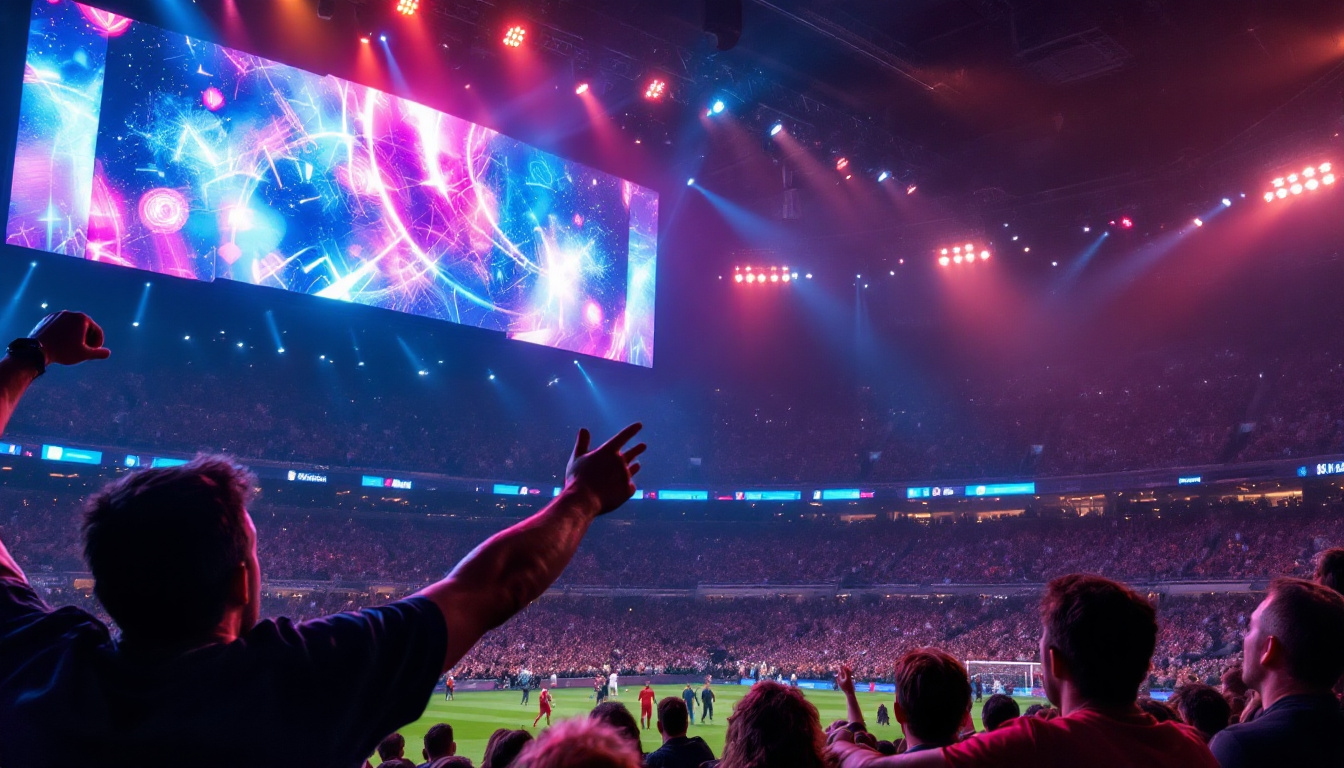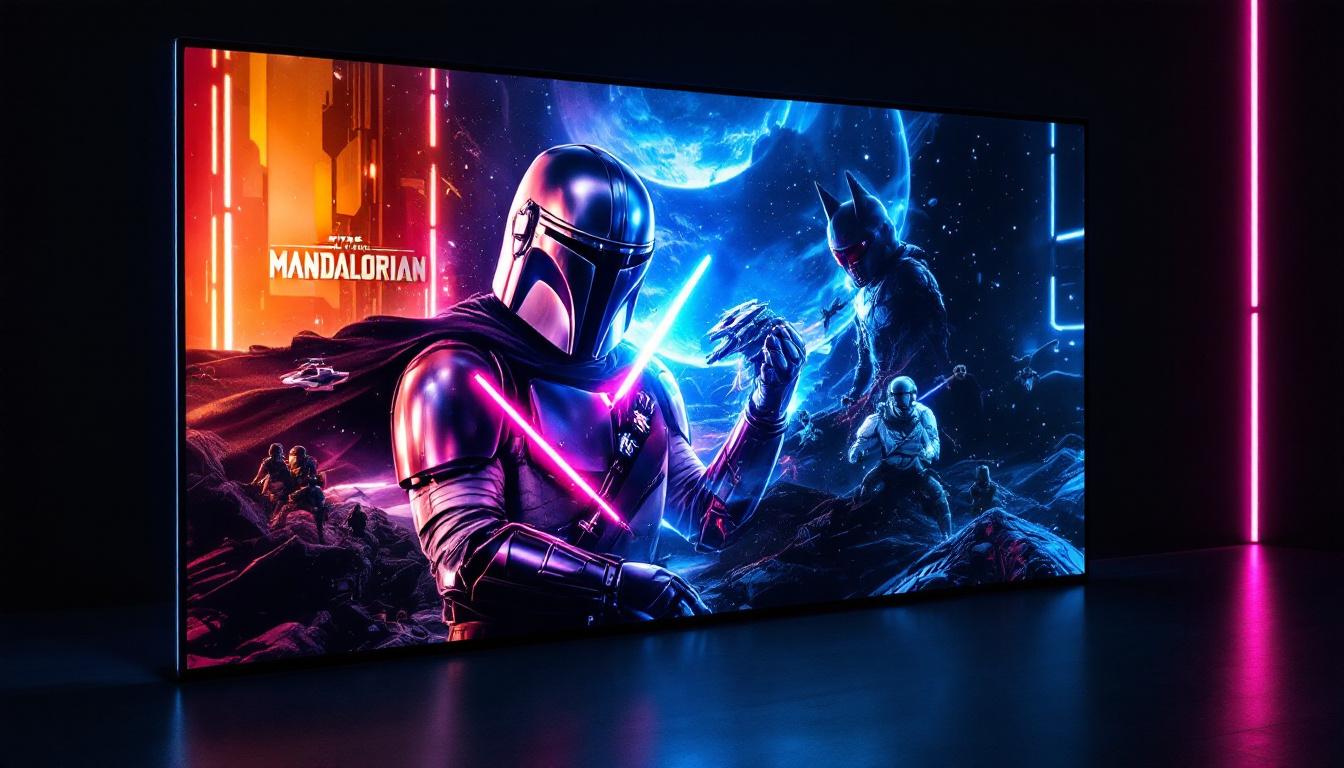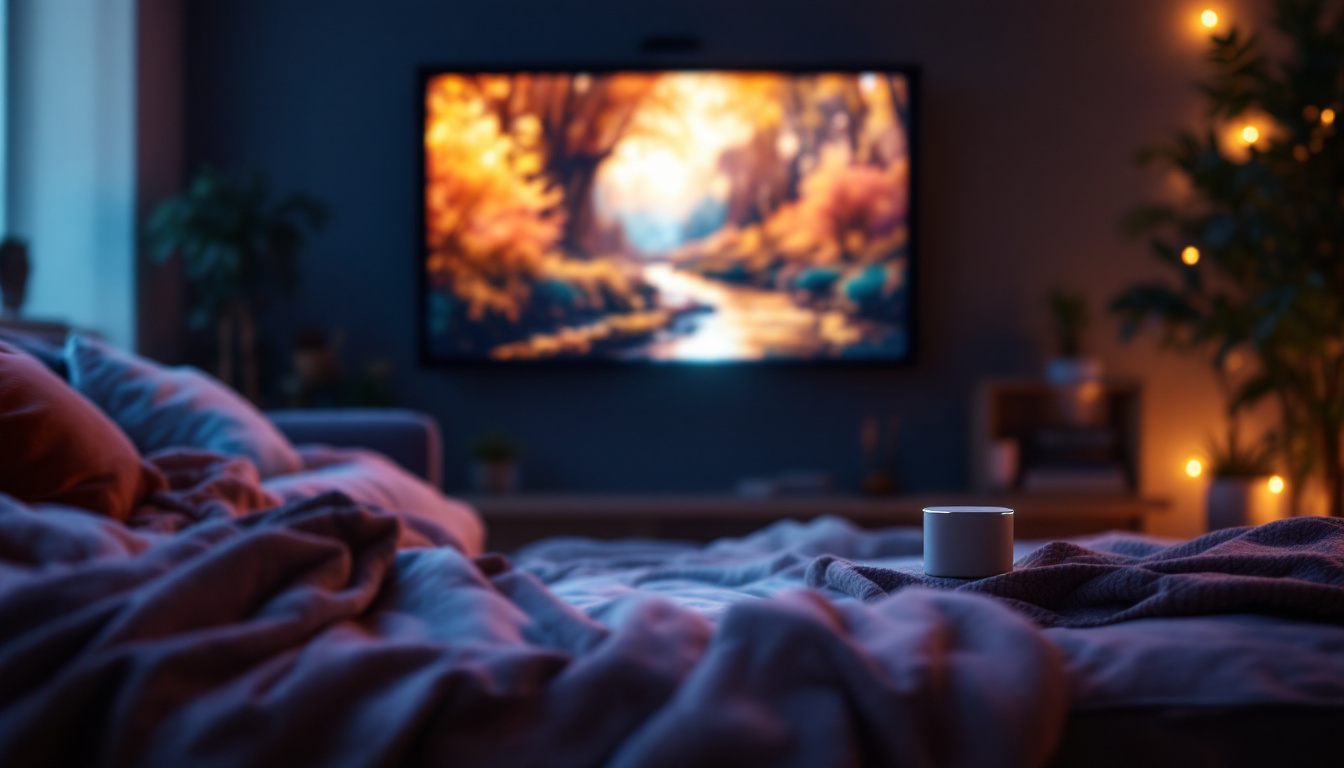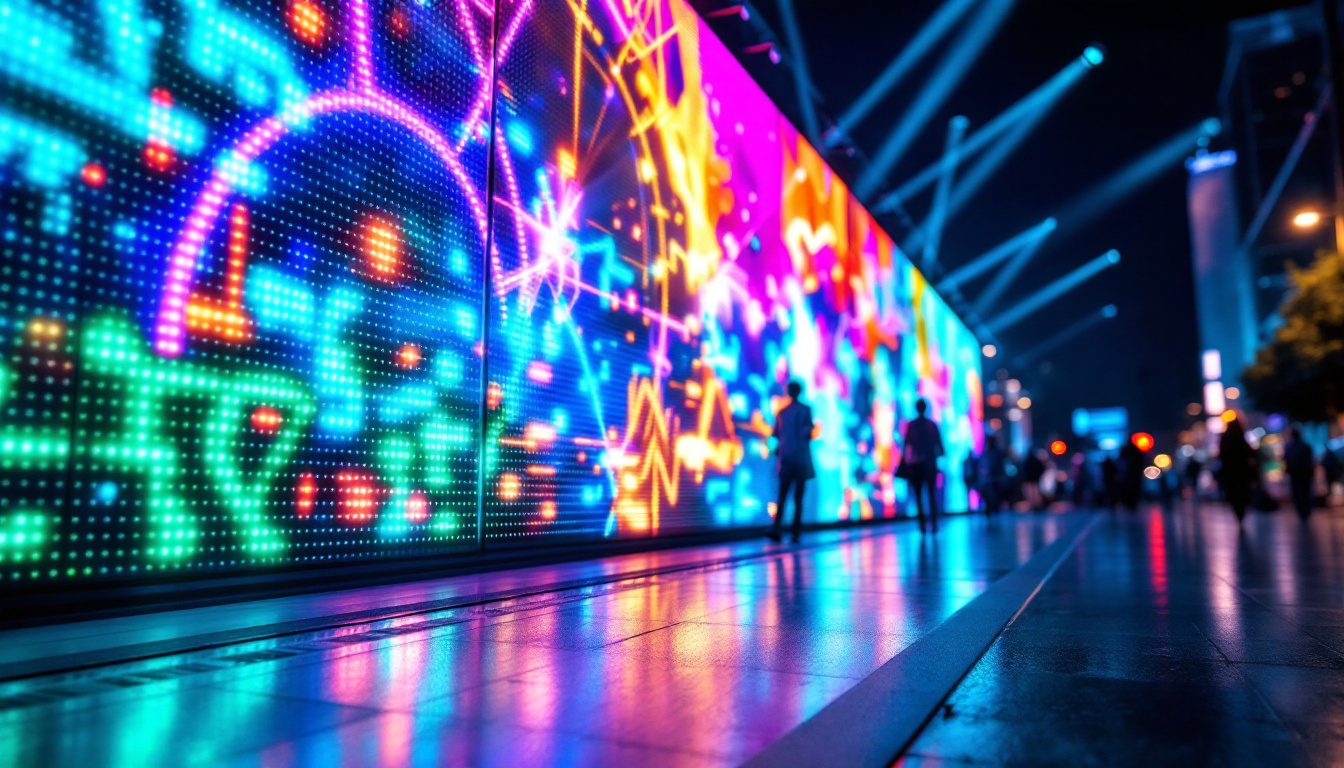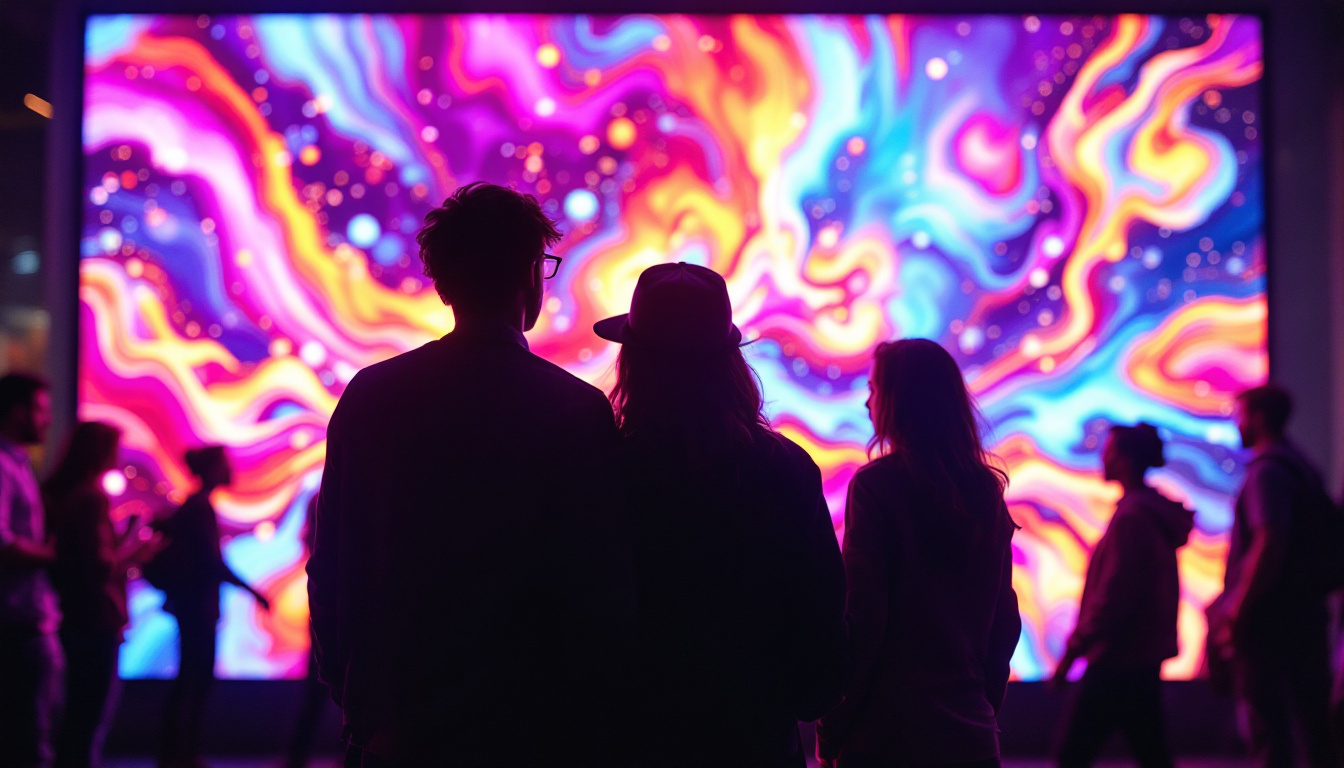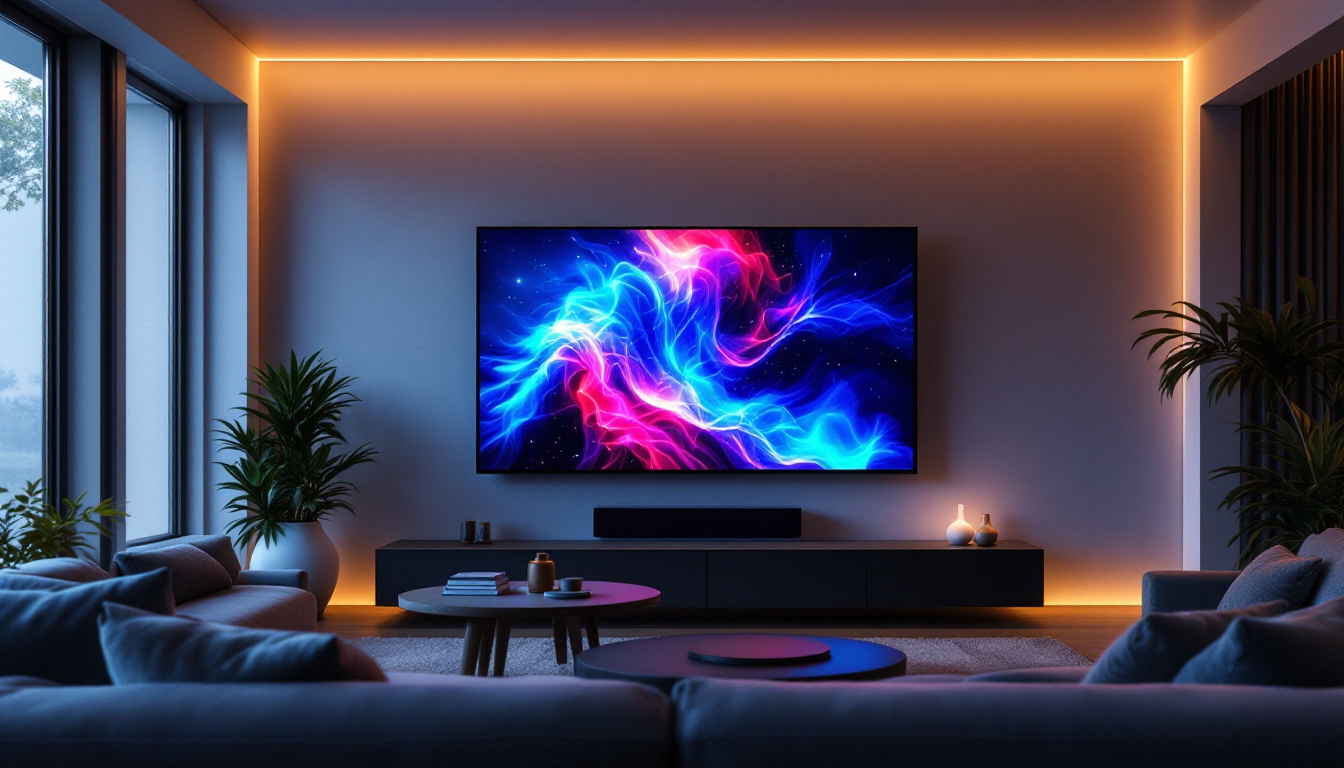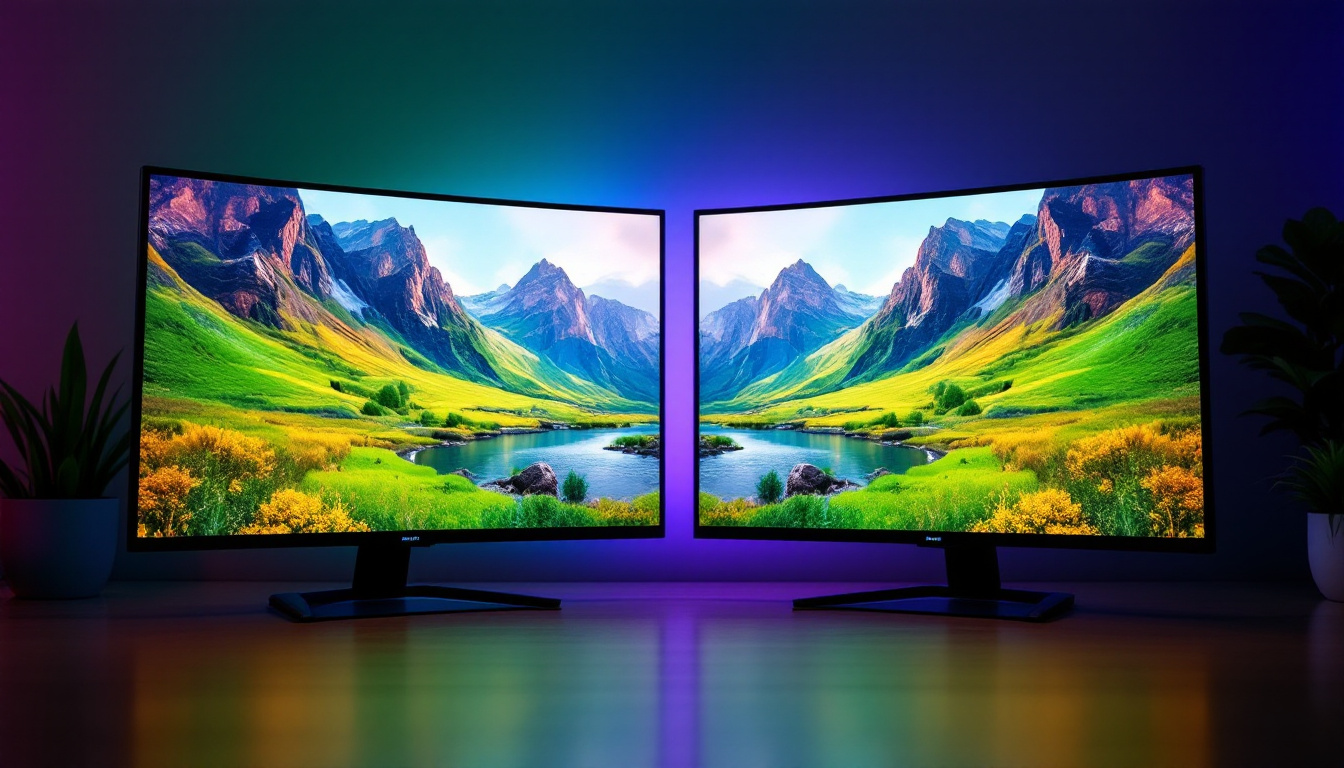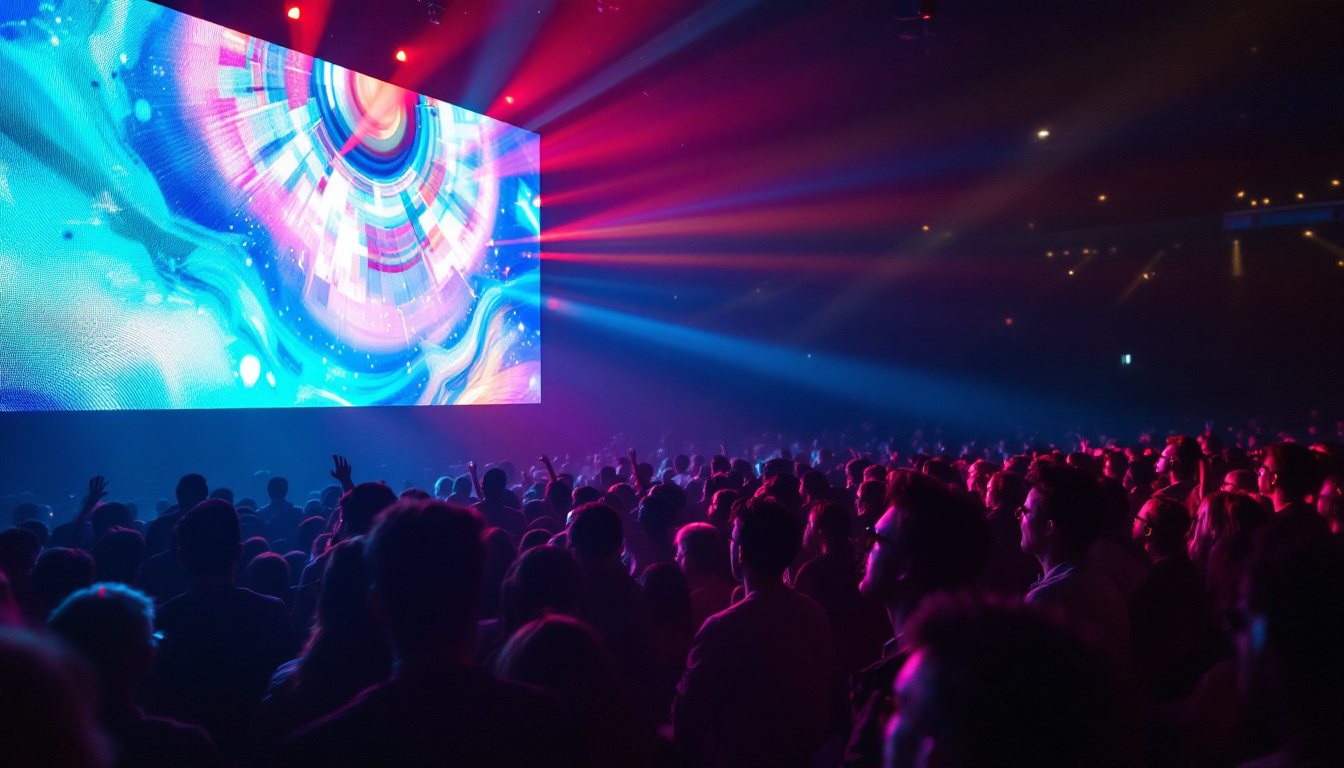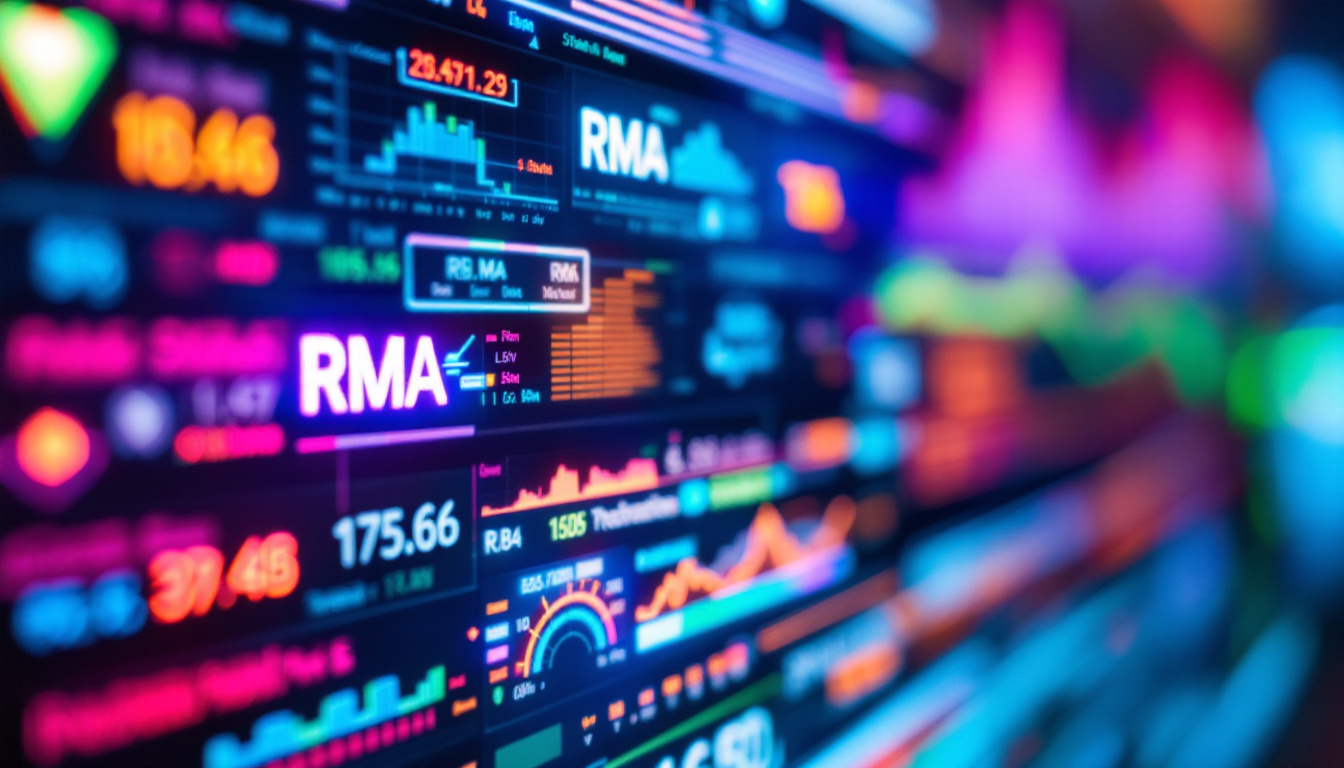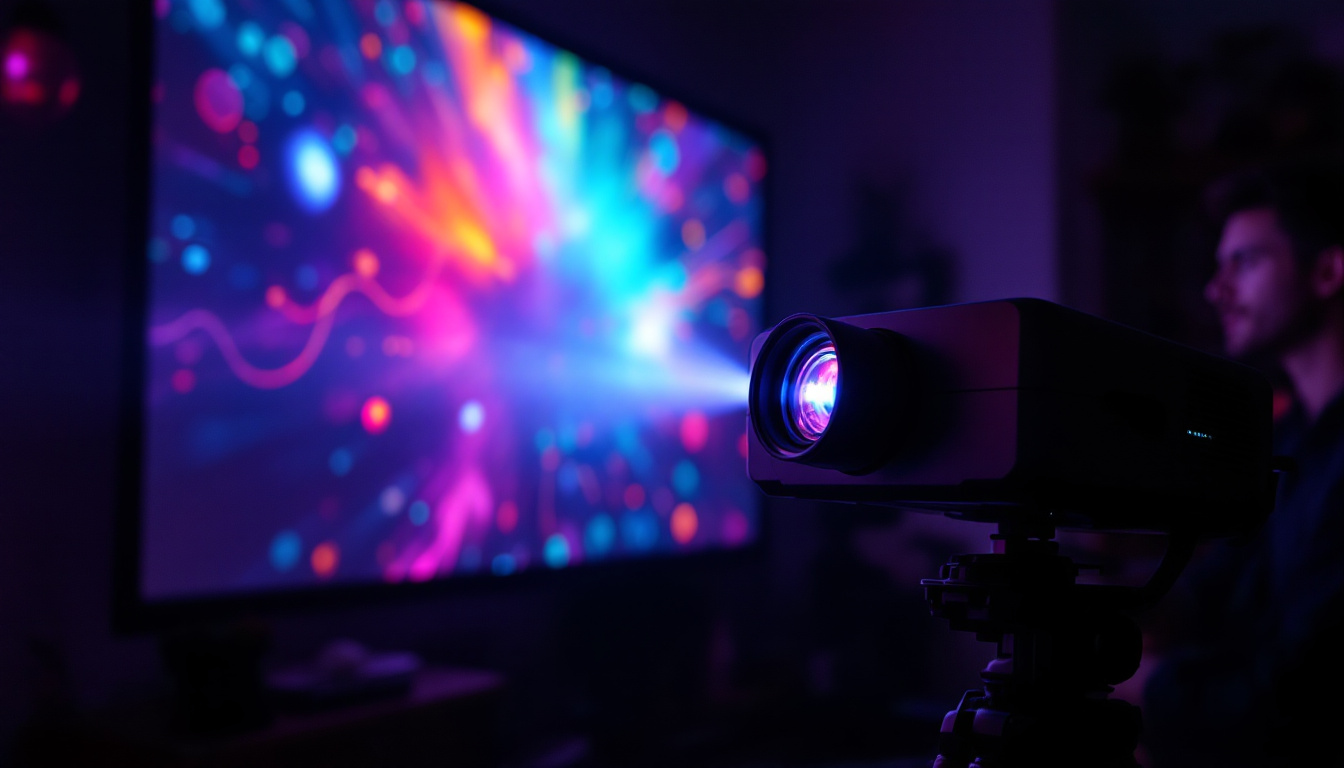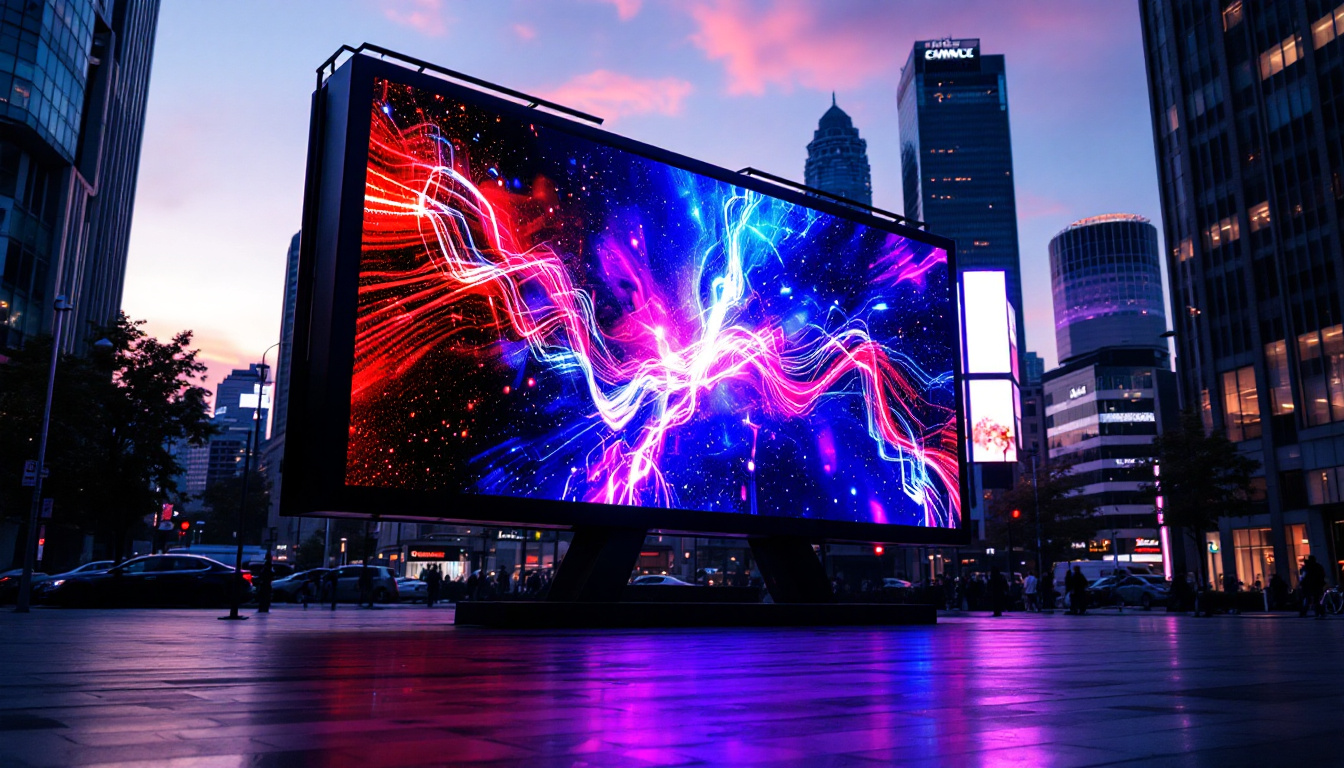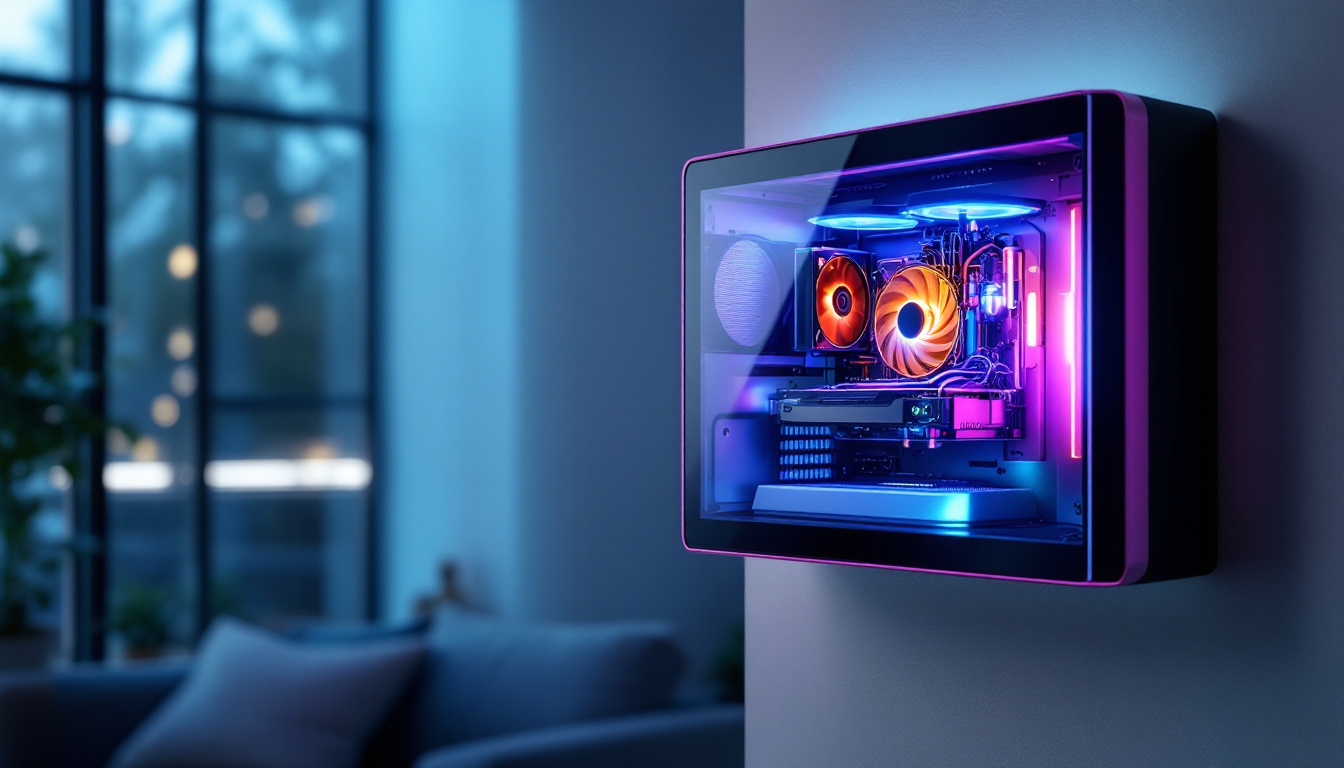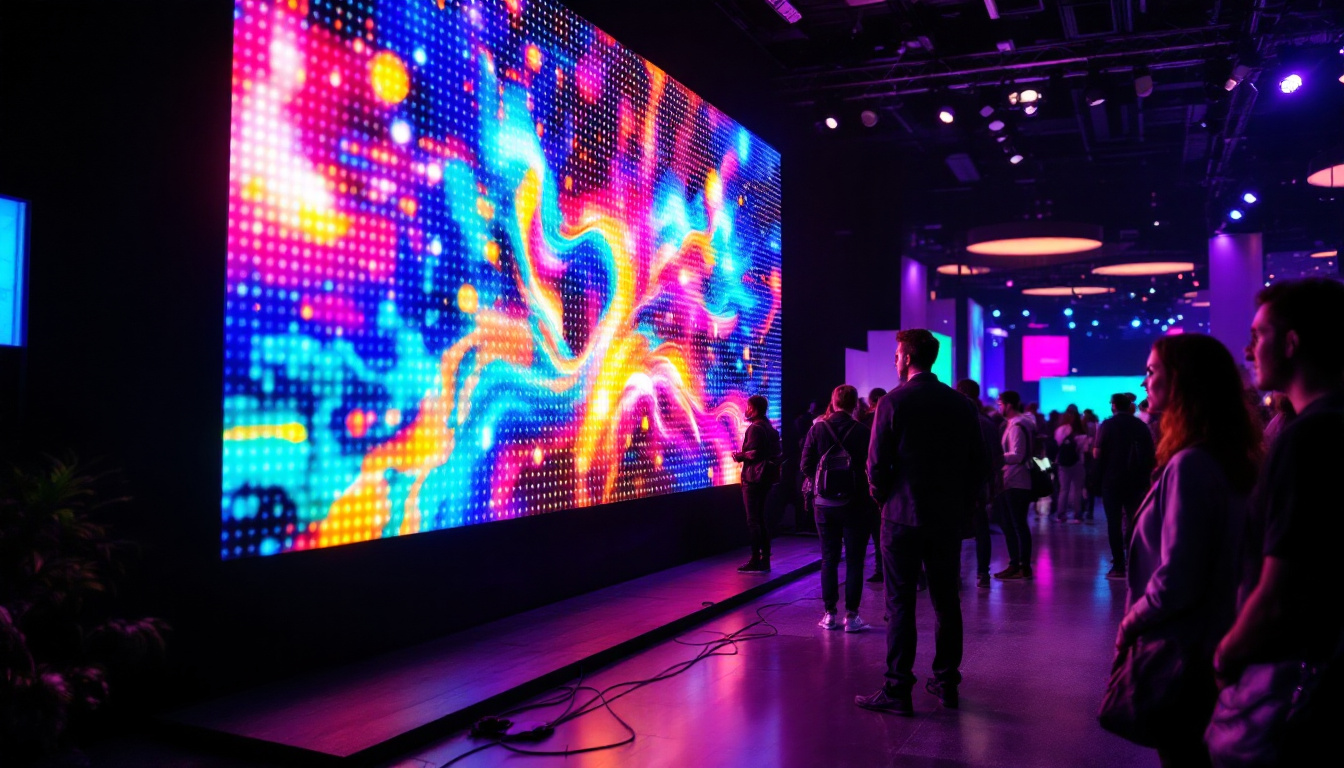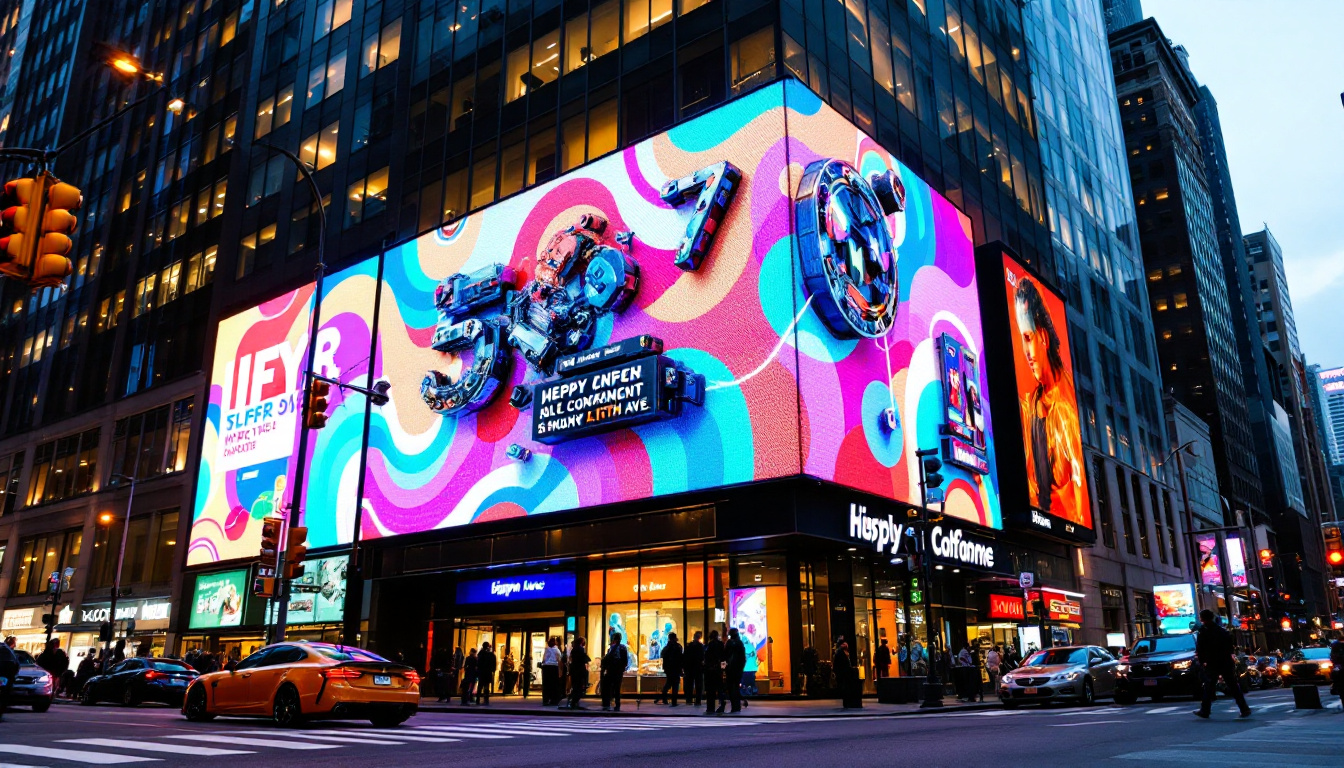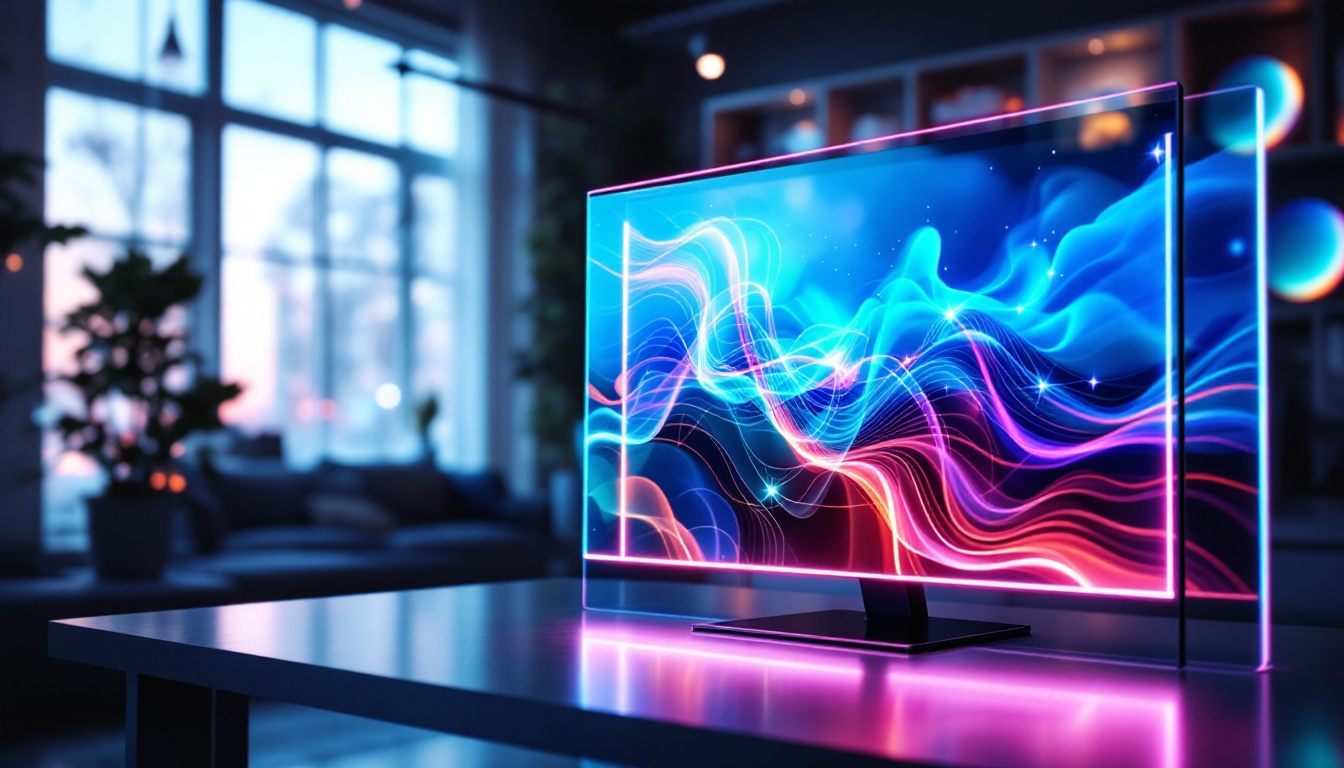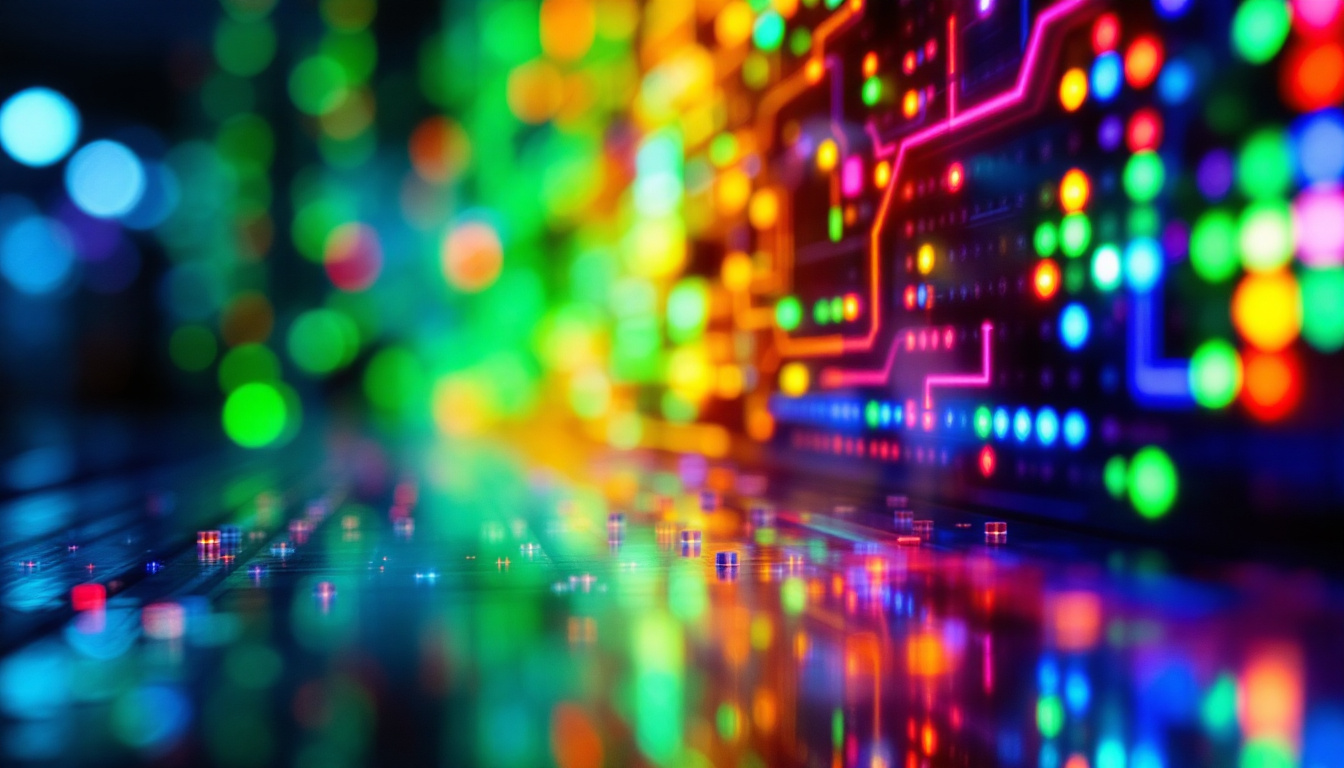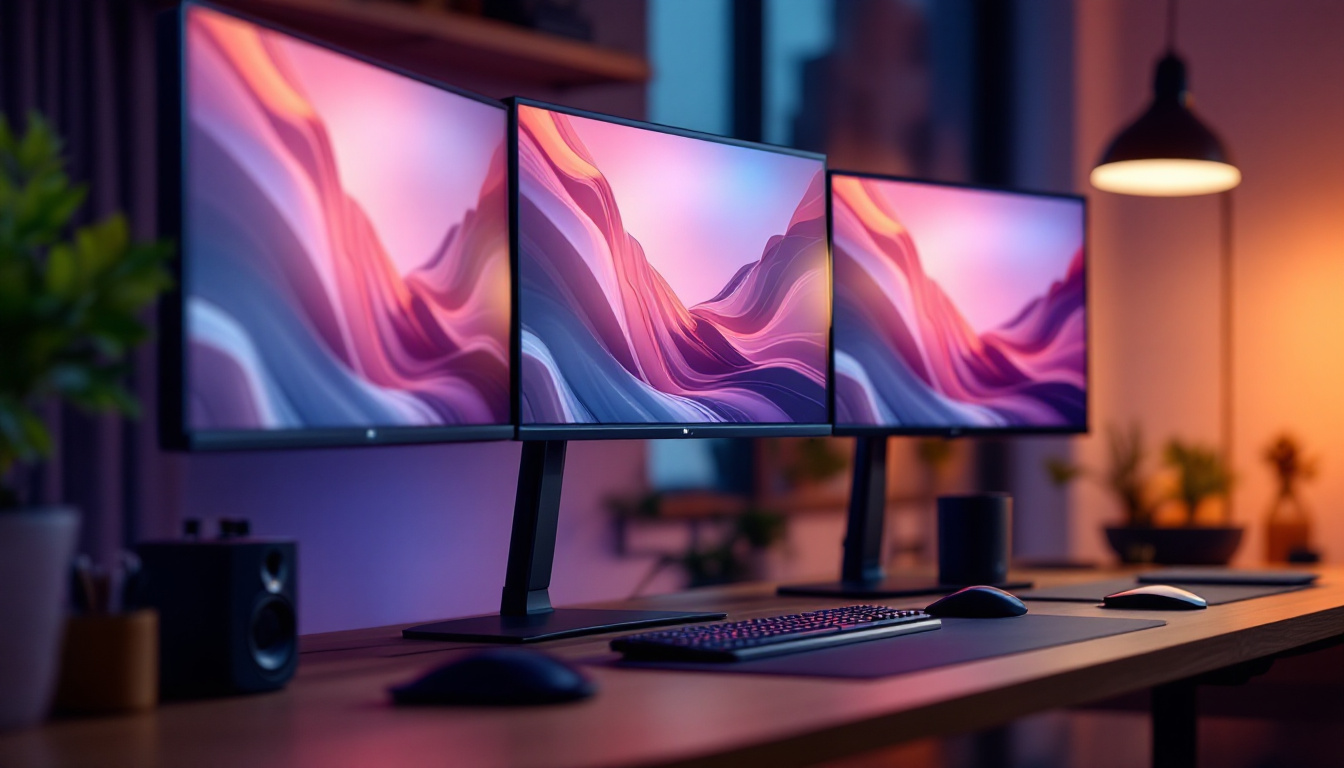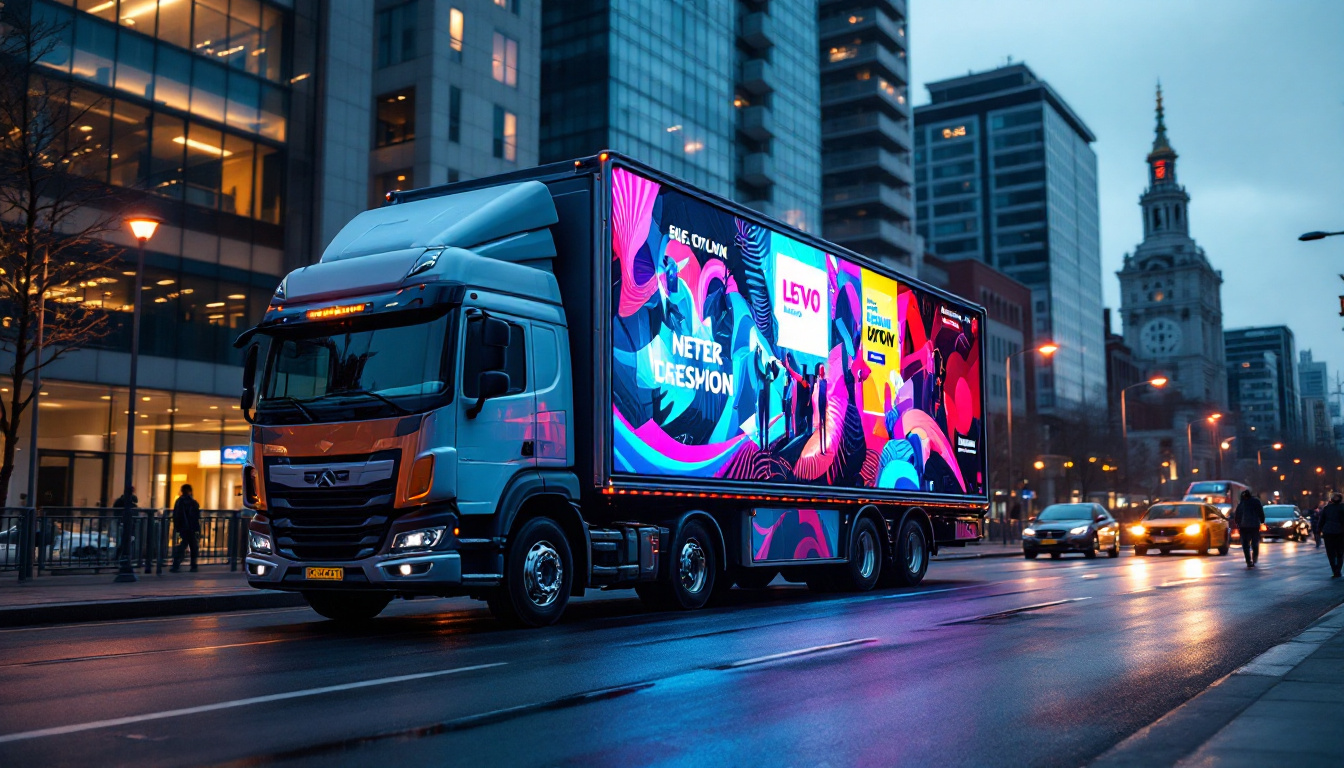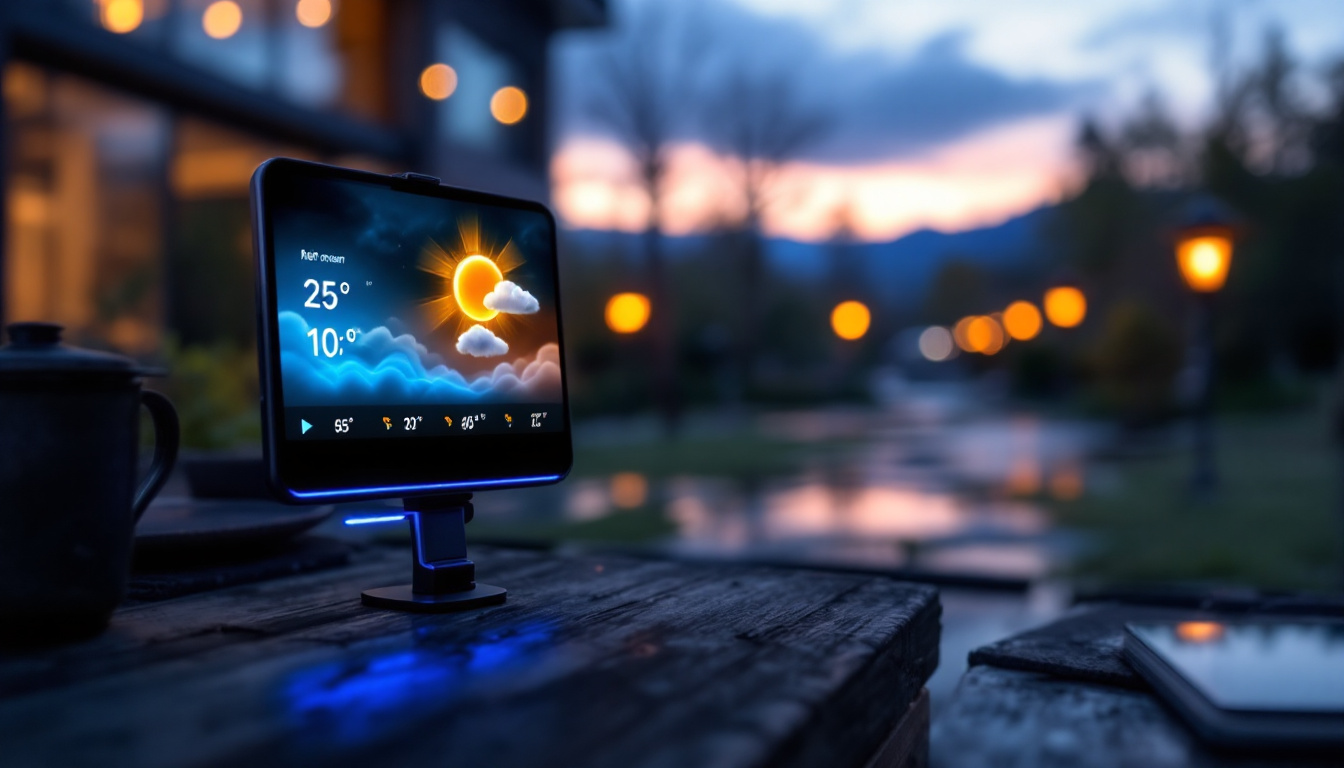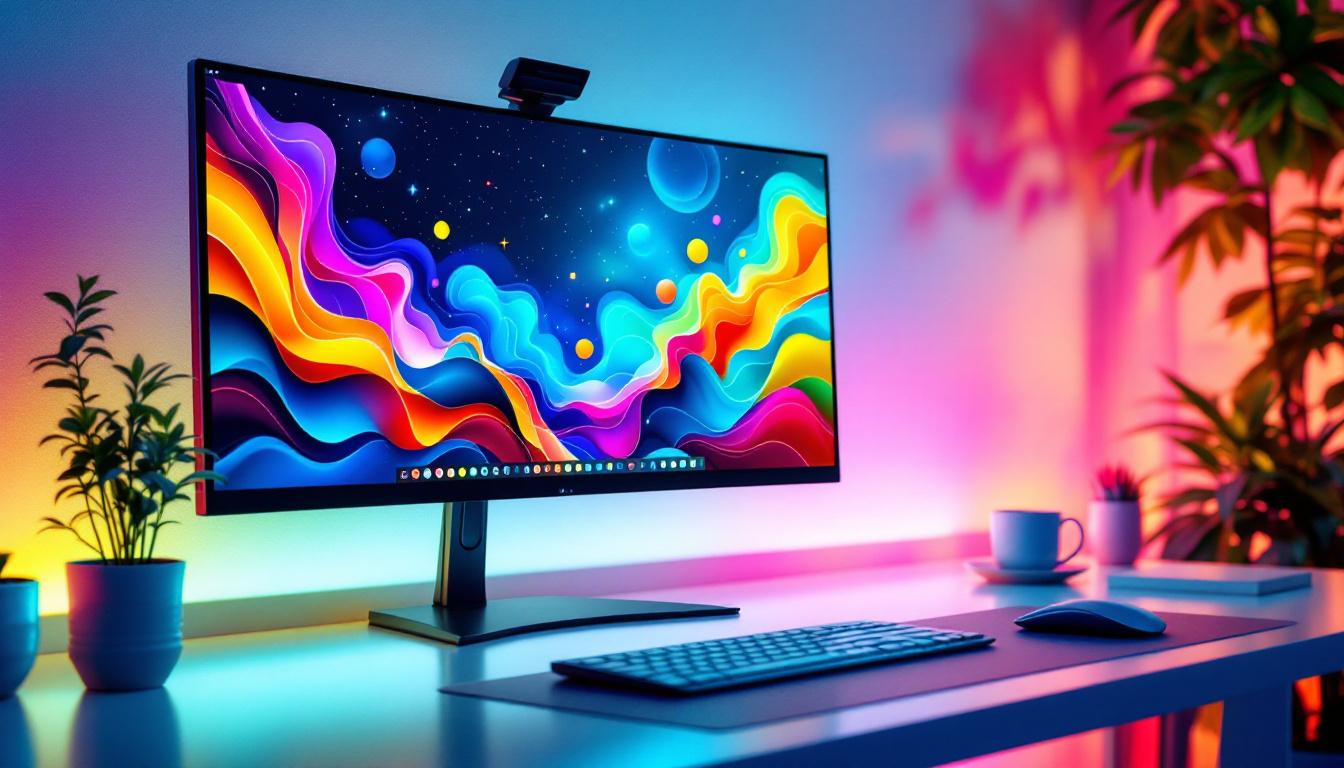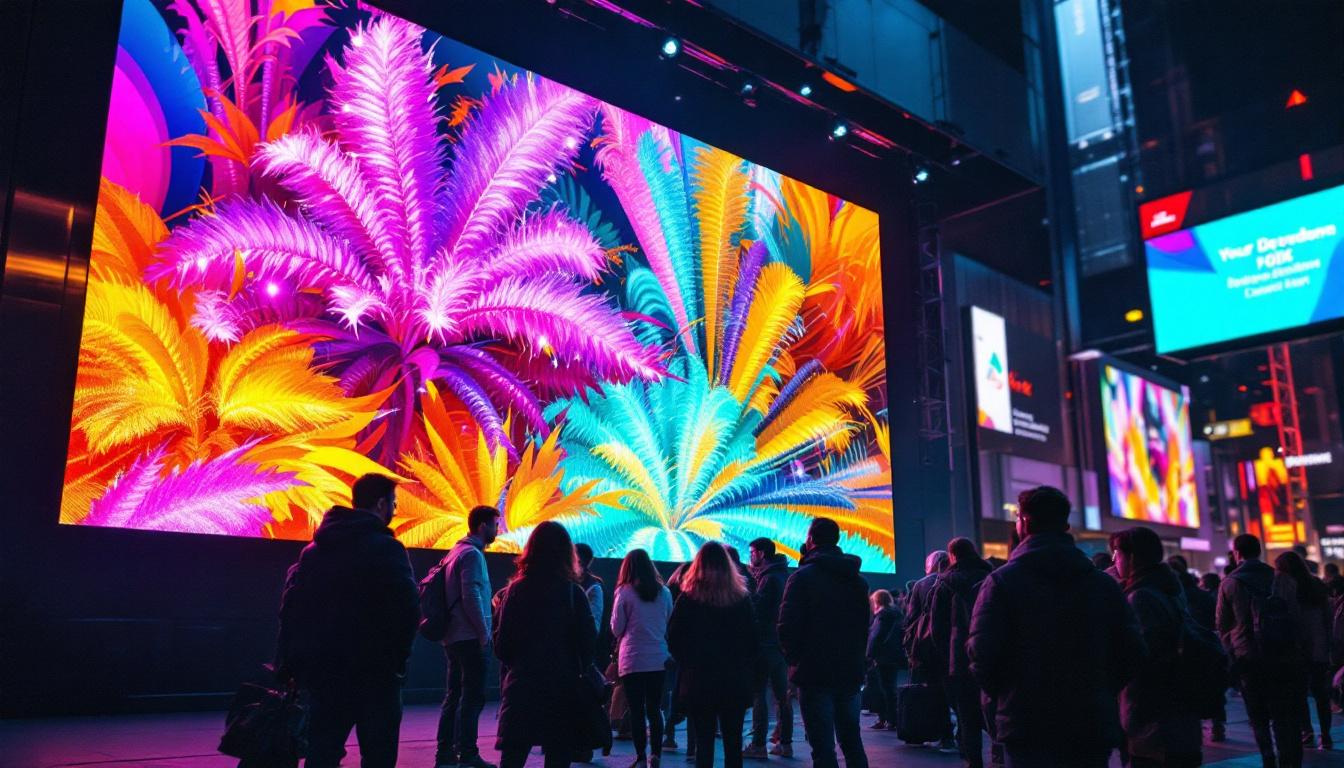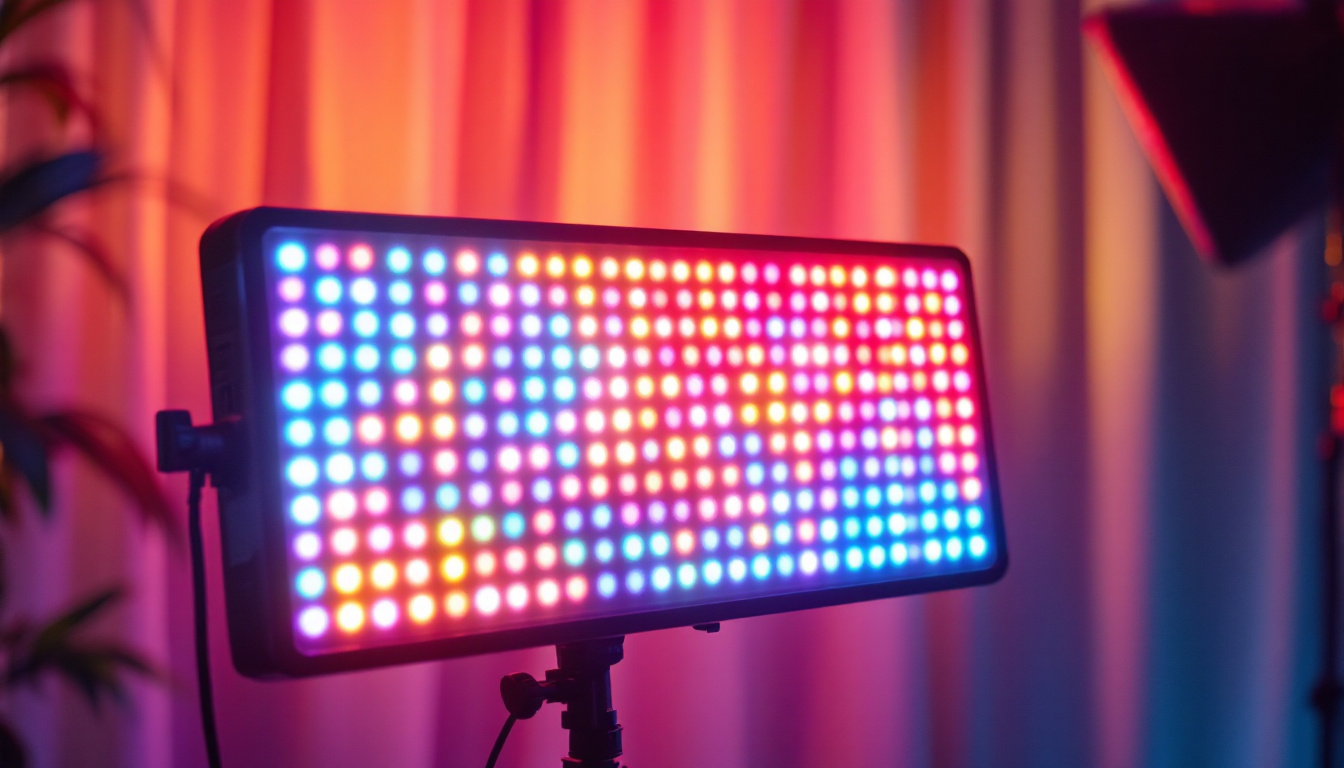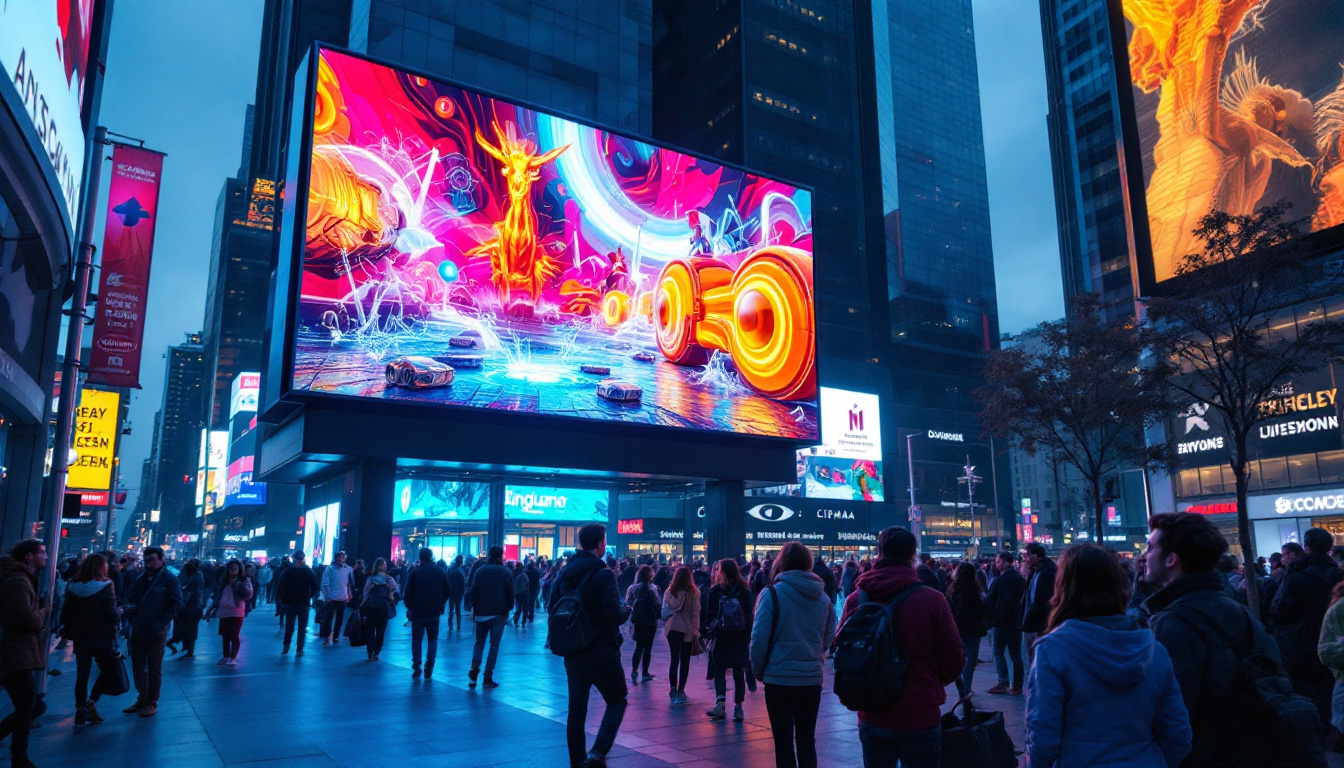In the world of sports and entertainment, the scoreboard has evolved from a simple mechanical device to a sophisticated LED display that enhances the viewing experience for fans and participants alike. This article delves into the intricacies of LED scoreboard displays, exploring their technology, advantages, and various applications.
Understanding LED Technology
Light Emitting Diodes (LEDs) are semiconductor devices that emit light when an electric current passes through them. This technology has revolutionized various industries, including signage and display systems. In the context of scoreboards, LEDs offer numerous benefits that traditional display methods cannot match. Their compact size and lightweight design allow for versatile installation options, making them suitable for a wide range of applications, from small local sports fields to large stadiums hosting major events.
How LEDs Work
LEDs function through a process called electroluminescence. When electrons move through the semiconductor material, they release energy in the form of photons, creating visible light. The color of the light emitted depends on the materials used in the semiconductor. By combining different colors, manufacturers can create vibrant displays that are easily visible from a distance. This ability to produce a spectrum of colors not only enhances the aesthetic appeal of scoreboards but also allows for the integration of team colors and branding, fostering a stronger connection with fans.
Types of LED Displays
There are primarily two types of LED displays used in scoreboards: single-color and full-color. Single-color LED displays are typically used for basic scorekeeping, displaying numbers in a single hue. Full-color LED displays, on the other hand, can showcase a wide range of colors and are ideal for more dynamic presentations, including animations and advertisements. These full-color displays can also be programmed to show real-time statistics, player information, and even instant replays, enhancing the overall spectator experience and engagement during games.
Advantages of LED Scoreboards
The advantages of LED technology in scoreboards are numerous. For one, LED displays are energy-efficient, consuming significantly less power than traditional incandescent bulbs. They also have a longer lifespan, often lasting over 100,000 hours, which reduces maintenance costs. Additionally, LED scoreboards provide superior visibility, even in bright sunlight, making them ideal for outdoor venues. The durability of LEDs also means they can withstand harsh weather conditions, ensuring consistent performance throughout the seasons. Furthermore, the low heat emission of LED technology minimizes the risk of overheating, making them safer for prolonged use in high-traffic areas.
Moreover, the flexibility of LED scoreboards allows for easy updates and modifications. With advancements in technology, many LED displays can now be controlled remotely, enabling operators to change content on the fly. This feature is particularly beneficial for venues hosting multiple events, as they can quickly switch between different sports and advertising content without the need for physical alterations. The integration of smart technology also means that these displays can be synchronized with other digital systems, providing a seamless experience for both players and fans alike.
Applications of LED Scoreboards
LED scoreboards have found applications in various settings, from professional sports arenas to educational institutions. Their versatility makes them suitable for a wide range of sports and events.
Sports Venues
In professional sports venues, LED scoreboards are essential for displaying real-time game statistics, player information, and advertisements. These displays can be customized to fit the specific needs of different sports, whether it’s basketball, football, or soccer. The ability to show instant replays and highlight reels enhances the overall spectator experience. Furthermore, advanced LED technology allows for high-definition visuals that can captivate audiences, making every game feel like a larger-than-life experience. The integration of social media feeds into these scoreboards also allows fans to see their posts and reactions displayed live, fostering a sense of community and engagement during the event.
Educational Institutions
Many schools and universities have adopted LED scoreboards for their athletic programs. These displays not only serve the functional purpose of keeping score but also contribute to school spirit. With vibrant colors and dynamic content, they can engage fans and create an exciting atmosphere during games. Additionally, LED scoreboards can be programmed to showcase student achievements and upcoming events, turning them into a central hub of information for the school community. This dual functionality not only enhances the athletic experience but also promotes a sense of pride and unity among students, faculty, and alumni alike.
Event Management
Beyond sports, LED scoreboards are also used in event management for concerts, festivals, and corporate events. They can display schedules, announcements, and promotional content, ensuring that attendees are well-informed and engaged throughout the event. The flexibility of LED technology allows for real-time updates, which is particularly useful in dynamic environments where schedules may change frequently. For example, at a music festival, LED scoreboards can inform attendees about set times, artist changes, and even emergency announcements, all while providing a visually appealing backdrop that enhances the overall atmosphere. Moreover, the ability to incorporate interactive elements, such as live polls or audience participation prompts, can transform a standard event into an immersive experience, keeping attendees engaged and entertained from start to finish.
Design Considerations for LED Scoreboards
When designing an LED scoreboard, several factors must be considered to ensure optimal performance and usability. These include size, resolution, and placement.
Size and Resolution
The size of the scoreboard should be determined by the viewing distance. Larger displays are necessary for venues with a greater distance between the audience and the scoreboard. Additionally, resolution plays a critical role in the clarity of the displayed content. Higher resolution displays can show more detailed graphics and text, enhancing readability. For instance, a stadium with a seating capacity of over 10,000 may benefit from a scoreboard that is at least 20 feet wide, ensuring that even those seated in the farthest rows can easily read the scores and statistics. Furthermore, advancements in LED technology have led to the development of pixel pitch, which refers to the distance between the center of one pixel to the center of the adjacent pixel. A smaller pixel pitch results in a higher resolution, making it suitable for close-up viewing, which is essential for indoor arenas or smaller venues.
Placement and Visibility
Proper placement of the scoreboard is crucial for maximum visibility. It should be positioned in a location where it can be easily seen by all spectators, without obstructing views of the game. Consideration should also be given to potential glare from sunlight, which can affect visibility during daytime events. To mitigate glare, some designs incorporate anti-glare technology or use materials that reduce reflections. Additionally, the angle at which the scoreboard is mounted can significantly impact how well it is viewed from different sections of the venue. A scoreboard that tilts slightly downward can provide a better viewing angle for fans seated in the upper tiers, ensuring that everyone has a clear line of sight to the information being displayed.
Customization Options
Customization is another important aspect of LED scoreboard design. Teams and organizations often want their scoreboards to reflect their branding, which can include team colors, logos, and specific fonts. Many manufacturers offer customizable options to meet these needs, allowing for a unique and personalized display. Beyond aesthetics, the functionality of the scoreboard can also be tailored to include features such as real-time statistics, player profiles, and even social media feeds that engage the audience. This level of interactivity not only enhances the spectator experience but also allows teams to create a more immersive environment. Furthermore, some scoreboards now come equipped with programmable features that allow for dynamic content changes during the game, such as celebratory animations for touchdowns or home runs, further captivating the audience’s attention.
Maintenance of LED Scoreboards
While LED scoreboards are known for their durability, regular maintenance is essential to ensure optimal performance and longevity. Proper care can prevent issues that may arise over time.
Routine Inspections
Routine inspections should be conducted to check for any signs of wear or malfunction. This includes examining the LED modules, power supplies, and connections. Identifying potential issues early can save time and money in repairs.
Cleaning and Care
Keeping the scoreboard clean is vital for maintaining visibility. Dust and debris can accumulate on the surface, obscuring the display. Depending on the location, a regular cleaning schedule should be established, using appropriate cleaning materials to avoid damage to the LEDs.
Software Updates
Many modern LED scoreboards come equipped with software that requires periodic updates. These updates can improve functionality, introduce new features, and enhance security. Staying up-to-date with software ensures that the scoreboard operates smoothly and efficiently.
Future Trends in LED Scoreboard Technology
The future of LED scoreboard technology is promising, with continuous advancements enhancing their capabilities. Innovations are on the horizon that will further improve the user experience and functionality of these displays.
Smart Scoreboards
Smart technology is making its way into LED scoreboards, allowing for more interactive and engaging experiences. These smart scoreboards can connect to the internet, enabling real-time updates, remote management, and integration with social media platforms. This connectivity allows teams to engage with fans in new and exciting ways.
Augmented Reality Integration
Augmented reality (AR) is another trend that is gaining traction in the sports industry. By integrating AR with LED scoreboards, teams can provide fans with immersive experiences. This could include interactive statistics, player profiles, and even virtual replays that enhance the overall viewing experience.
Environmental Considerations
As sustainability becomes increasingly important, manufacturers are exploring eco-friendly materials and technologies for LED scoreboards. This includes energy-efficient designs and recyclable materials, reducing the environmental impact of these displays while maintaining high performance.
Conclusion
LED scoreboards have transformed the way scores and statistics are displayed in sports and entertainment. Their advanced technology, versatility, and vibrant displays enhance the experience for fans and participants alike. As technology continues to evolve, the future of LED scoreboards looks bright, promising even more innovative features and applications that will further enrich the world of sports and events.
In summary, understanding the intricacies of LED displays, their applications, and maintenance is crucial for anyone involved in sports management or event planning. By embracing this technology, organizations can create engaging environments that capture the excitement of the game and keep fans coming back for more.
Discover the Future of LED Scoreboards with LumenMatrix
Ready to elevate your venue’s visual experience with the latest in LED display technology? Look no further than LumenMatrix, a pioneer in crafting immersive LED solutions that transform any space. From the vibrant clarity of our LED Sports Displays to the versatility of our Custom LED Displays, we have everything you need to captivate your audience and showcase your brand with unparalleled impact. Don’t miss out on the opportunity to revolutionize your visual communication. Check out LumenMatrix LED Display Solutions today and step into the future of dynamic and engaging displays.

